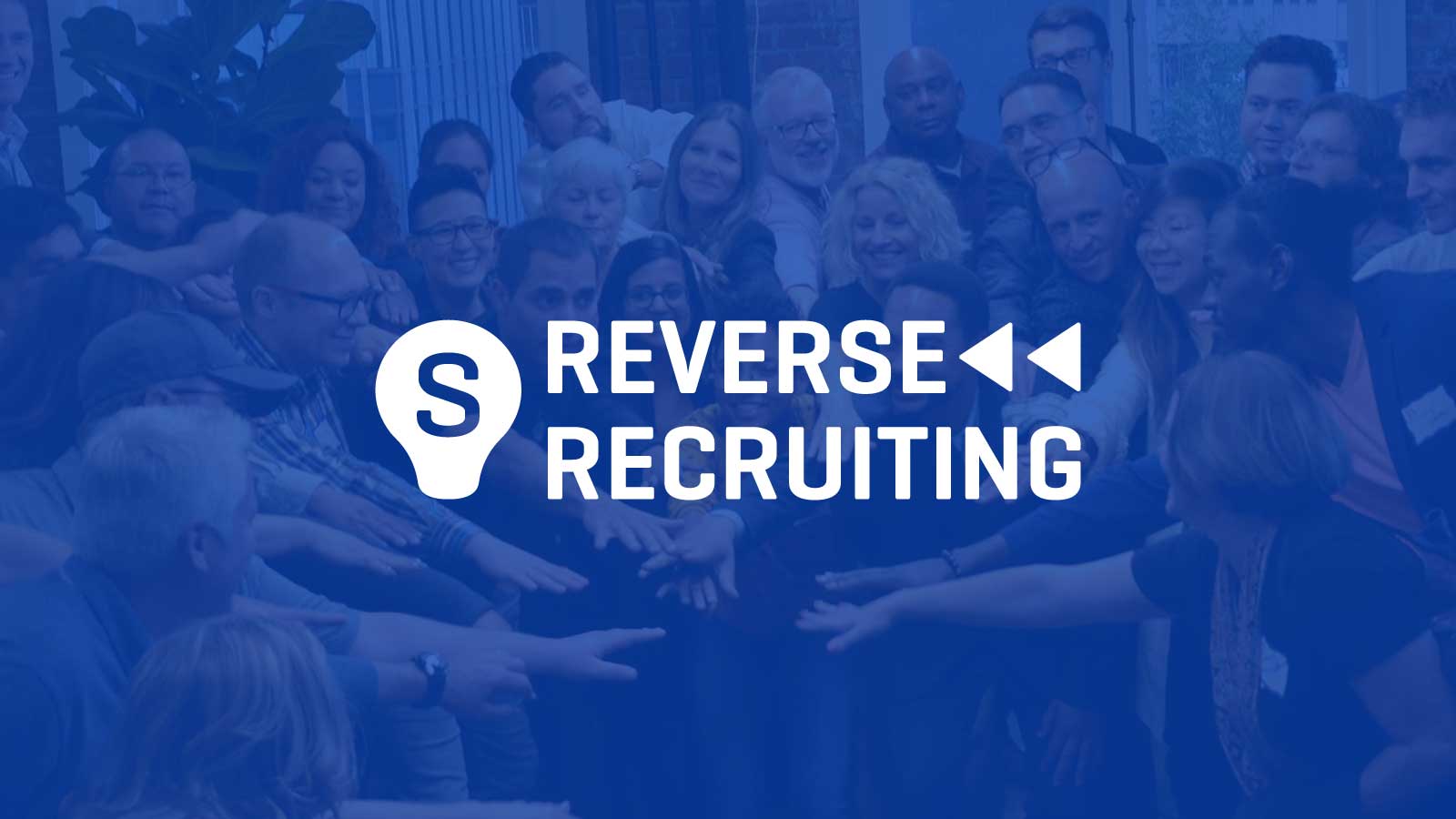Reverse Recruiting: A Fresh Approach to Talent Acquisition
Reverse Recruiting: A Fresh Approach to Talent Acquisition
Blog Article
Open the Power of Reverse Hiring Strategies for Effective Talent Purchase
By enticing leading talent to look for out chances within your organization, reverse recruiting supplies a fresh strategy to drawing in and maintaining key workers. As firms aim to stay in advance in the skill video game, opening the possibility of reverse recruiting techniques might be the trick to securing a solid and dynamic labor force.
Understanding Reverse Hiring
Understanding reverse recruiting is critical in browsing the advancing landscape of ability acquisition approaches. Unlike traditional recruitment techniques where employers seek out prospects, reverse recruiting includes the aggressive technique of prospects seeking possible companies. This paradigm shift puts prospects in the motorist's seat, enabling them to select companies that straighten with their values, profession goals, and work choices.
Essentially, reverse recruiting empowers prospects to take control of their job search process by researching business, connecting to employers or employing managers directly, and showcasing their abilities and experiences. For companies, this technique presents an one-of-a-kind opportunity to attract top ability that are genuinely curious about the company and its goal, fostering a much more involved and dedicated labor force.
Advantages of Reverse Recruiting
Using reverse recruiting methods can produce considerable advantages for both candidates and companies in the skill acquisition procedure. By being approached by employers that have actually already recognized them as possible fits for their organization, prospects can really feel extra valued and sought after.
Additionally, reverse recruiting can help companies separate themselves in a competitive ability market by showcasing a positive and forward-thinking technique to employment. Inevitably, the benefits of reverse recruiting extend to both prospects and employers by enhancing the hiring procedure and promoting even more meaningful connections between the two celebrations.

Applying Reverse Recruiting Strategies
To successfully incorporate reverse recruiting methods into a skill purchase method, organizations need to focus on aggressive interaction with possible candidates. This entails recognizing top talent within the industry and developing relationships with them before a real job opening arises. One key strategy is to leverage social networks platforms to link with passive candidates who might not be actively seeking new chances. By showcasing the firm culture, values, and job development opportunities, organizations can ignite the interest of prospective candidates and construct a skill pipe for future requirements.
Additionally, implementing tailored communication approaches can also improve the performance of reverse recruiting. By continually nurturing partnerships with leading talent, organizations can remain in advance in the competitive talent purchase landscape and secure the ideal prospects for their team - reverse recruiting.
Leveraging Technology backwards Hiring
In the digital age of ability purchase, taking advantage of technological innovations is paramount for successful application of reverse recruiting methods. Leveraging modern technology in reverse recruiting provides countless benefits to streamline Our site the process and bring in leading skill properly. Candidate radar (ATS) play a vital duty in managing prospect data, tracking interactions, and automating interaction, enabling employers to look at here now concentrate on structure partnerships with prospective hires.
Using data analytics tools can help employers measure the effectiveness of their reverse recruiting approaches, determine areas for enhancement, and make data-driven decisions to maximize the skill purchase procedure - reverse recruiting. By embracing modern technology in reverse recruiting, companies can remain ahead in the competitive skill market and safe leading talent effectively.
Gauging Success in Reverse Recruiting
Having actually developed the fundamental role of innovation in maximizing reverse recruiting approaches, the following important action hinges on successfully measuring the success of these cutting-edge methods. In the realm of reverse recruiting, conventional metrics like time-to-fill and cost-per-hire may not totally catch the impact of these approaches. Instead, determining success backwards recruiting needs a much more nuanced approach that concentrates on candidate involvement, employer branding enhancement, and long-term talent retention.
One secret metric to think about is candidate experience. By collecting comments from prospects who have actually undergone the reverse recruiting process, organizations can gain beneficial understandings into areas for renovation and recognize toughness to take advantage of. In addition, tracking metrics associated with employer brand name perception, such as social networks view and Glassdoor testimonials, can give an extra all natural view of exactly how reverse recruiting is shaping the organization's online reputation in the talent market.
Inevitably, success backwards recruiting need to be determined not just by the efficiency of filling up functions yet additionally by the top quality of hires, their alignment with business society, and their long-term efficiency within the business. By adopting a comprehensive technique to measuring success, organizations can genuinely open the possibility of reverse recruiting techniques for effective my latest blog post ability procurement.
Final Thought

Report this page